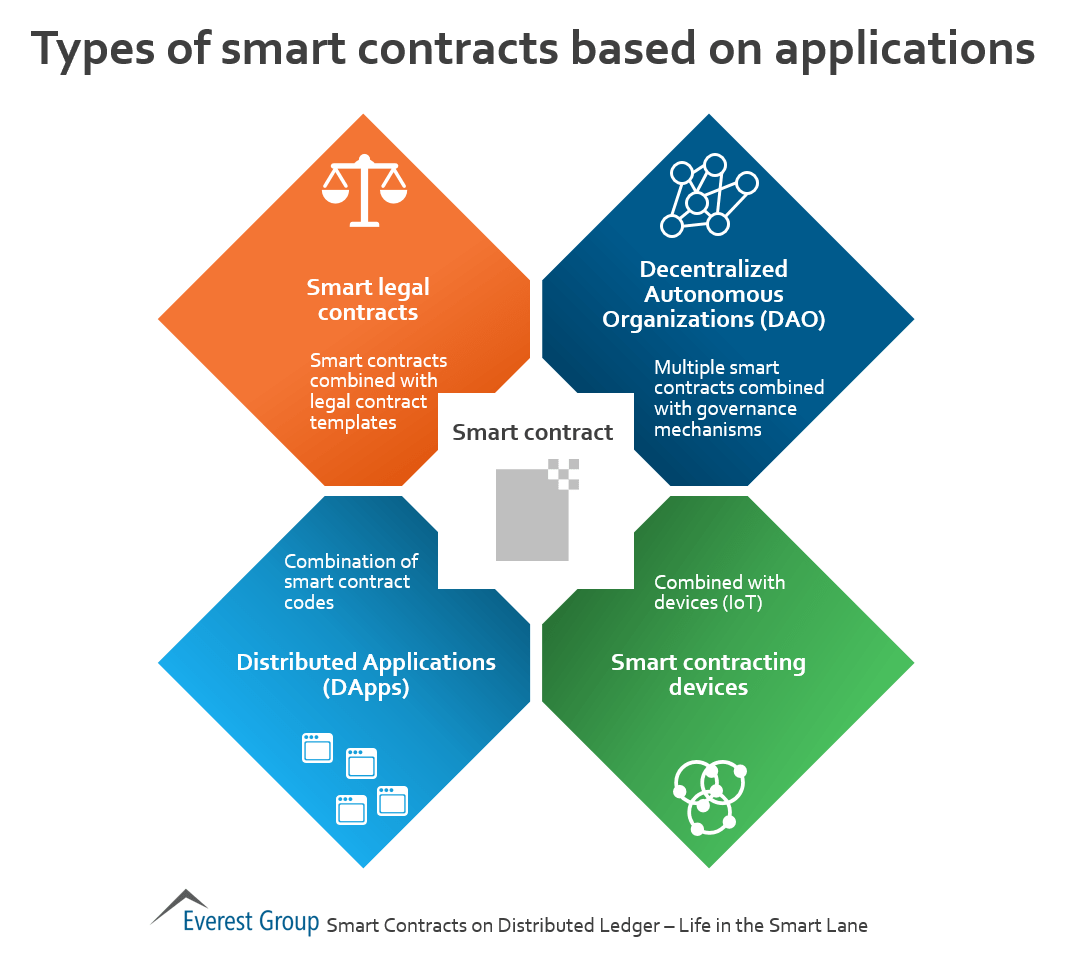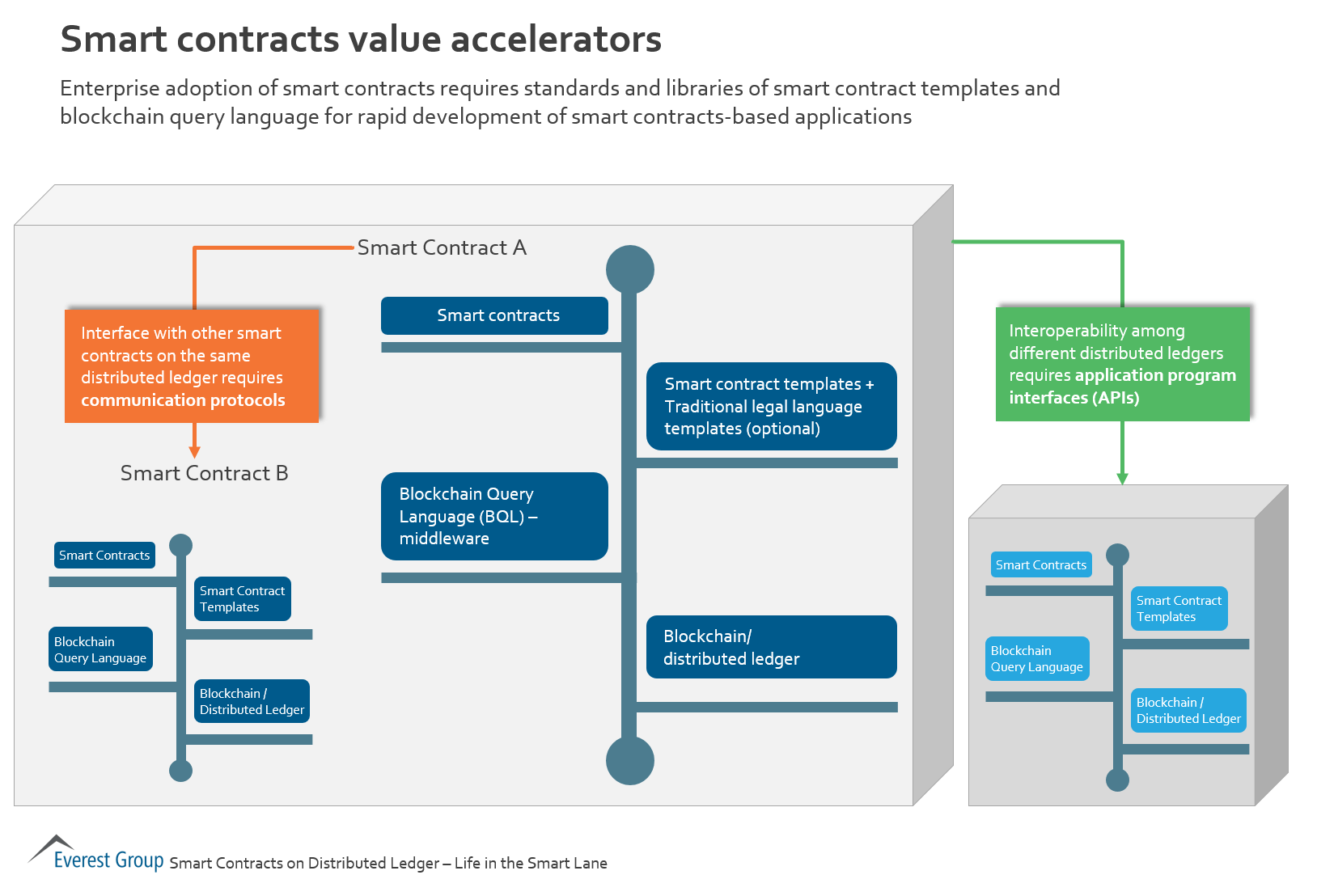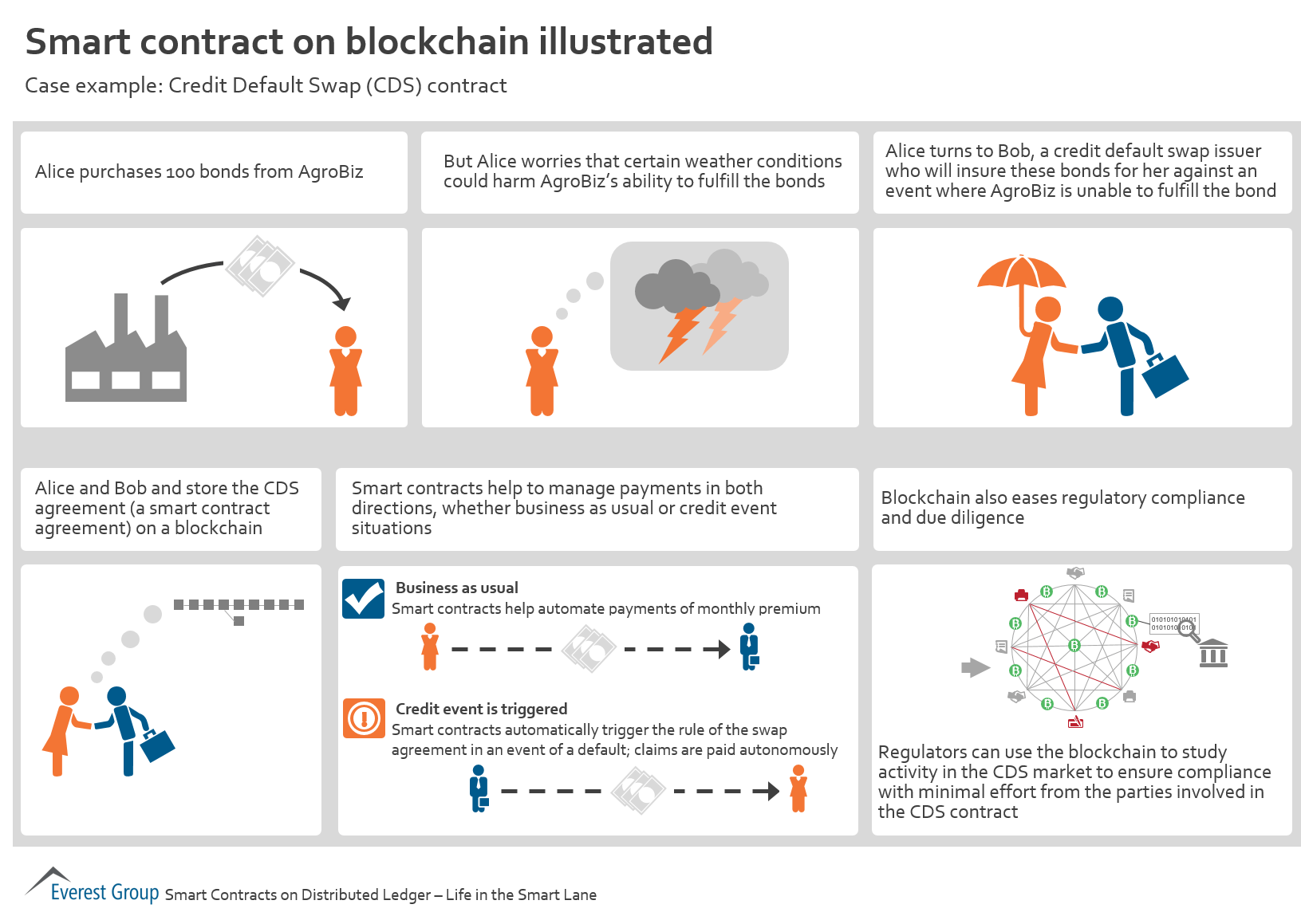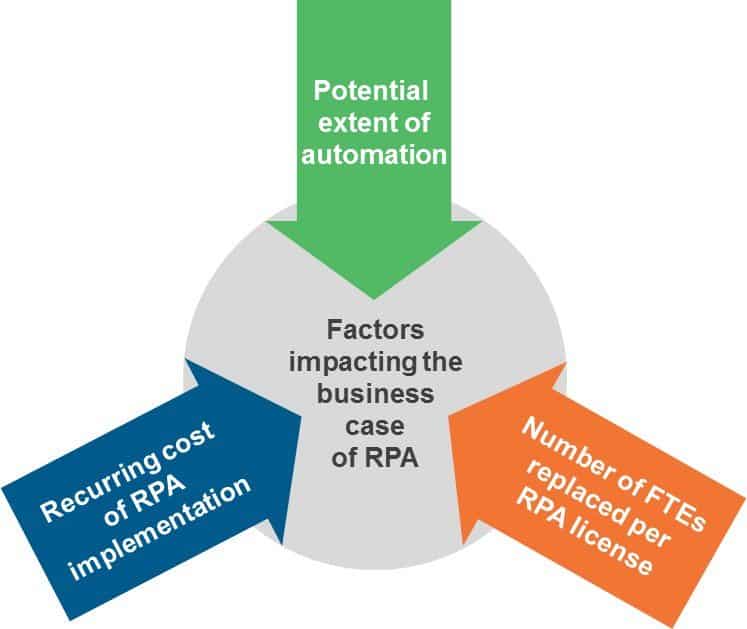Future of Healthcare IT Outsourcing Market Hinges on US Election, Department of Justice Verdict | Press Release
Healthcare payers choose wait-and-see strategy for mergers, health insurance exchanges; focus on security, integrated operations is full steam ahead
The outlook for the global healthcare IT outsourcing (ITO) market is hanging in the balance, with all eyes watching to see the outcome of the U.S. presidential election and the verdict of antitrust proceedings filed by the U.S. Department of Justice opposing the proposed Aetna-Humana and Anthem-Cigna mergers. Despite these uncertainties, Everest Group predicts that the global healthcare ITO market will exhibit a 12 percent compound annual growth rate during the period between 2014 and 2020, reaching US$68.3 billion in 2020.
“This growth, a bright spot in an otherwise bleak IT outsourcing marketplace, will be driven primarily by healthcare payers as they gear up for various movements in the market, such as payer-provider convergence, patient-centric care, evolving reimbursement models and value-chain digitization,” said Abhishek Singh, practice director with Everest Group and leader of Everest Group’s Healthcare & Life Sciences research practice. “Tactically, payers need to evolve on their sourcing maturity journey. The cost and efficiency mandate will be best served by sourcing the best quality services at the lowest possible costs. In this regard, the maturing technology service provider landscape is ripe for payers to explore outsourcing in a big bang manner.”
Everest Group has identified four trends that will shape healthcare IT outsourcing demand in the next 24 months:
- Large mergers are being pursued in the healthcare payer market. As noted above, two such mergers are being held at bay by the U.S. Department of Justice, with antitrust proceedings slated to begin on December 5, 2016. Should the mergers proceed, they will (after an initial lull in demand) increase the IT consulting spend for merger planning and integration projects. Subsequently, the mergers will lead to vendor consolidation as the surviving entity attempts to eliminate redundant IT systems and processes.
- Disillusionment with health insurance exchanges (HIXs) will impact spending in the near future. Already, several payers are seeking market exit options from the HIX business due to heavy losses sustained in the past financial year. The U.S. presidential election in November 2016 will shape the outcome. Democrats are promoting HIX; Republicans are opposing it. Many factors such as subsidies, premium rates and private participation hang in the balance. Everest Group believes HIX will survive; however, the shape and size of the program will be determined by the largest national plans and by the new US presidential administration. In the meantime, payers have adopted a wait-and-see approach with regards to expanding, withdrawing or investing in the HIX market.
- Security is a top priority for more than 90 percent of CIOs. This will drive the next wave of tech spending. Recent high-profile data breaches combined with a shift in the enterprise perception of threats have given renewed impetus to security and a stronger demand for ROI accountability.
- Integrated operations is the way forward for large healthcare IT outsourcing deals in the mid-market. Service providers who are able to guarantee financial outcomes and predictable spend for adoption of integrated applications, infrastructure and processes will win the favor of payers.
Each of these trends—how they came to be and the implications they hold for payers, service providers and consumers—are discussed in detail in “Healthcare Payer IT Services: Outsource (Offshore) or Perish.” In this annual report, Everest Group analyzes the current trends and future outlook of large, multi-year ITO relationships in the healthcare payer market. The report also provides specific insights into enabling a go-to-market strategy for healthcare IT.




